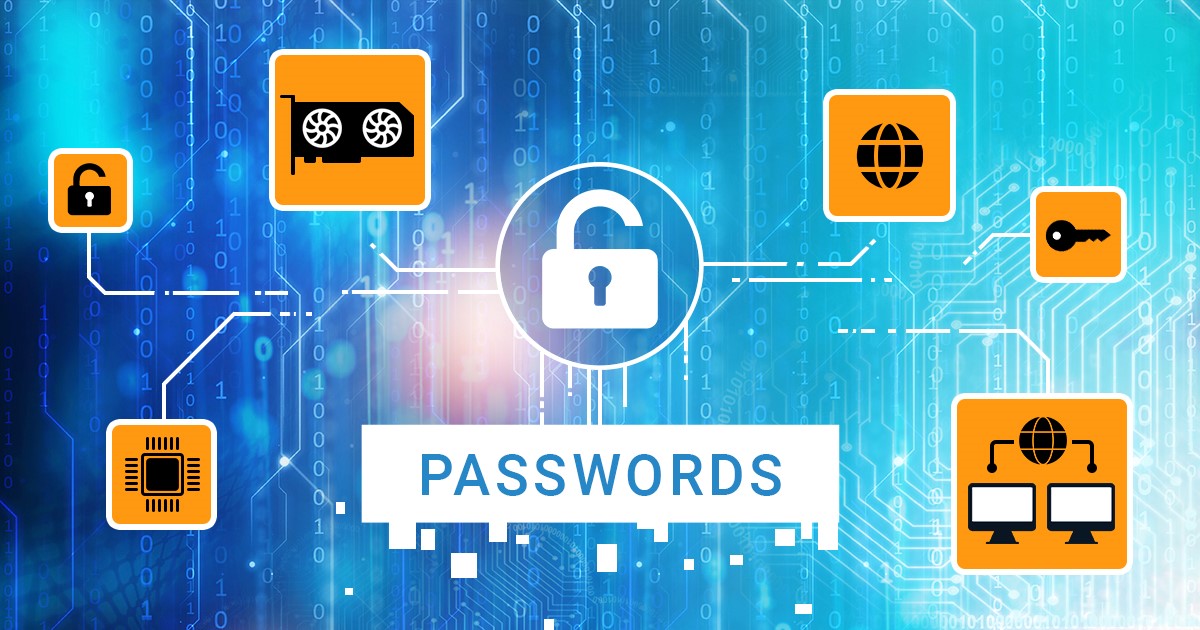In June 2025, headlines shouted that 16 billion passwords had leaked. Major outlets warned that credentials for Apple, Google, and other platforms were now exposed. As expected, this triggered a wave of public anxiety and standard advice: change your passwords immediately. Upon closer examination, however, technical sources clarified the situation. This was not a new breach, nor did it expose fresh credentials. The dataset was an aggregation of previously leaked databases, malware logs from infostealers, junk records and millions of duplicate entries. Essentially, it was old material, repackaged and redistributed under a sensational label. For digital forensics teams, however, the question remains open: could this kind of dataset be useful in real-world password recovery? In this article, we will explore if massive password leaks have practical value in the lab.


